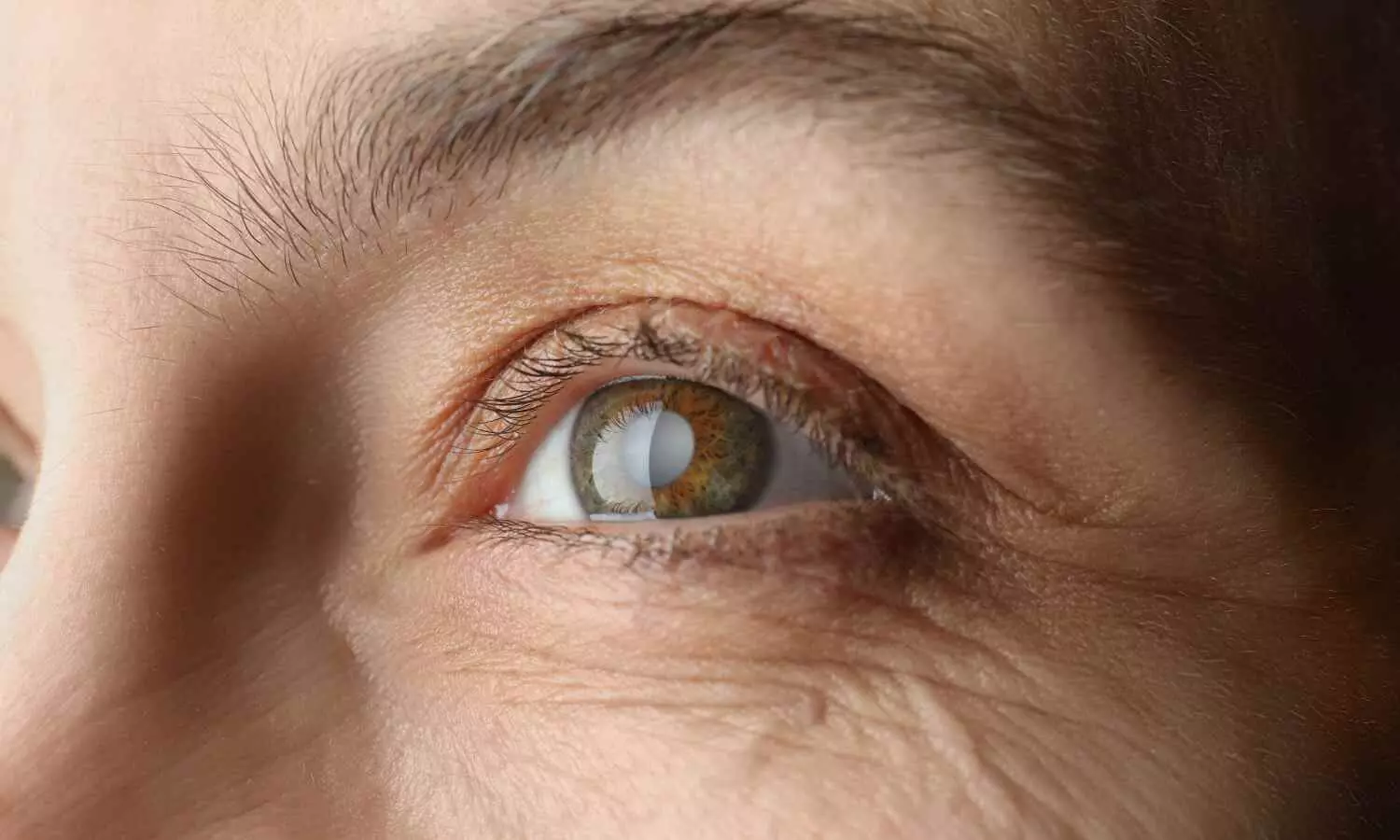Study finds elevated risk of mortality in individuals with glaucoma

A new population-based study published in the journal of Advances in Therapy revealed that individuals diagnosed with glaucoma may face a significantly higher risk of death and stroke when compared to their peers without the eye disease. The research analyzed health data from more than 56,000 adults aged 50 and older over a 3-year period, just before the onset of the COVID-19 pandemic.
This research retrospectively examined 14,138 individuals with newly diagnosed glaucoma in 2017 and a control group of 42,414 age- and sex-matched individuals without glaucoma from January 1, 2017, to February 1, 2020. The primary focus was overall survival, while secondary outcomes included the incidence of major cardiovascular events like stroke, heart attack, and peripheral arterial disease.
The study relied on administrative health data from the Lombardy Region and the glaucoma diagnosis was confirmed using records of antiglaucoma drug prescriptions, hospital admissions, surgical interventions, or exemption status for glaucoma-related healthcare costs.
The proportion of deaths among glaucoma patients was 11.6%, when compared to 10.5% among non-glaucoma individuals. When adjusted for age, sex, and comorbidities, glaucoma patients had a 7% increased risk of death (Hazard Ratio [HR] 1.07; 95% Confidence Interval [CI]: 1.01–1.14; p=0.015).
The risk of stroke was also elevated in the glaucoma group, with a hazard ratio of 1.10 (95% CI: 1.01–1.20), suggesting a modest but statistically significant association. No notable differences were observed between the two groups regarding the incidence of heart attack or peripheral arterial disease across the study period.
Hazard ratios for death and peripheral arterial disease varied by age group which indicated that the impact of glaucoma on systemic health risks may differ across age strata. The patients with glaucoma had markedly higher rates of chronic conditions like diabetes (16.7% vs. 11.0%) and hypertension (62.2% vs. 58.1%) when compared to those without glaucoma, highlighting the complex health profiles of these individuals.
Overall, these findings point to the need for comprehensive care in patients with glaucoma, particularly among older adults. While glaucoma is primarily considered an eye disease, this study illuminates its potential role as a marker of systemic vulnerability.
Source:
Quaranta, L., Galbussera, A. A., Tettamanti, M., Novella, A., Pasina, L., Fortino, I., Leoni, O., Oddone, F., Giammaria, S., Kużniak, M., Weinreb, R. N., & Nobili, A. (2025). Relationships among glaucoma, cardiovascular diseases, and mortality. Advances in Therapy. https://doi.org/10.1007/s12325-025-03282-9



